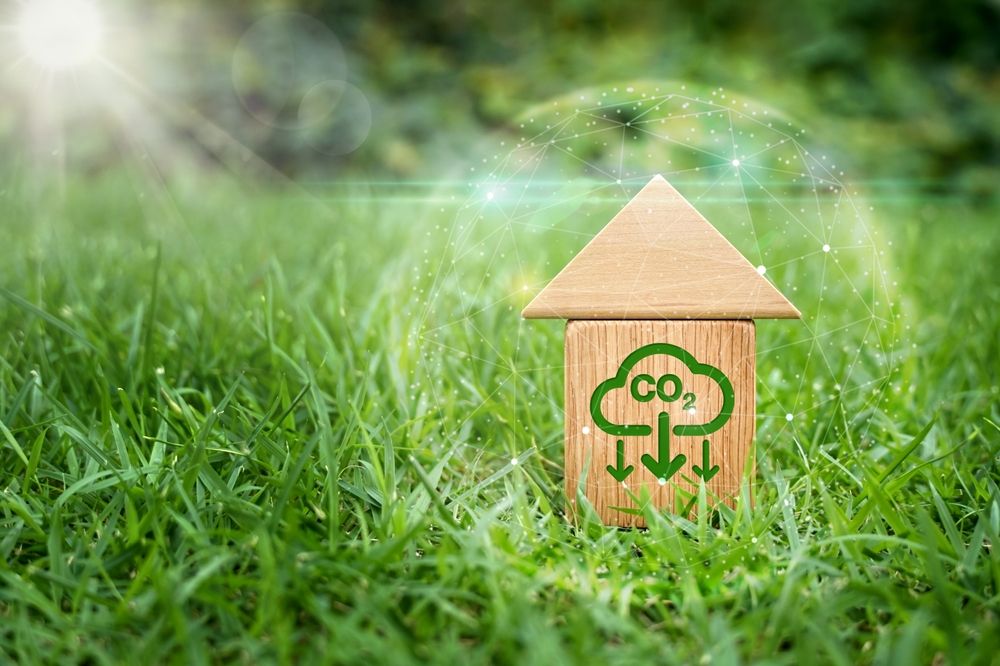
Investing in real estate has long been a cornerstone of wealth creation, offering the promise of stable returns and the potential for significant growth. But as the world shifts its focus toward sustainability, investors are now presented with opportunities that are not only profitable but also eco-friendly. The rise of sustainable real estate is not just a trend; it’s a transformation in how we think about property investment, development, and management. This exciting field is paving the way for a future where financial success goes hand in hand with environmental responsibility. Let’s delve into the world of sustainable real estate and discover how you can be a part of this green revolution.
Understanding Sustainable Real Estate
Sustainable real estate, at its core, is about creating and managing properties that are designed to minimize their environmental impact. This means employing construction methods and materials that are eco-friendly, energy-efficient, and resource-conscious. It also involves designing spaces that promote health and well-being for its occupants. From residential buildings to commercial complexes, sustainable properties are reshaping skylines and communities around the globe.
But why should investors care about sustainability? The answer lies in the growing demand for green buildings. Consumers, businesses, and governments are increasingly aware of the environmental issues we face, and they’re willing to pay a premium for real estate that aligns with their values. As a result, sustainable properties often command higher rents and have better occupancy rates, translating into stronger returns for investors.
The Financial Benefits of Green Buildings
Investing in sustainable real estate is not just about making an environmental statement—it’s a smart financial move. Green buildings typically incur lower operating costs due to their energy-efficient design and use of renewable energy sources. These savings can be substantial over the life of the property and are a key selling point for potential tenants and buyers.
Moreover, sustainable properties tend to have higher asset values. As the market increasingly recognizes the benefits of sustainability, these properties enjoy greater appreciation. In some markets, green certifications such as LEED or BREEAM can significantly boost a property’s worth, making it a more attractive investment.
Green buildings also mitigate regulatory risks. With governments around the world implementing stricter environmental regulations, traditional properties may face costly upgrades or fines. Sustainable properties are often ahead of the curve, reducing the risk of future expenditures to comply with new laws.
Exploring Eco-Friendly Building Materials and Practices
A critical aspect of sustainable real estate is the selection of building materials and construction practices. Materials such as bamboo, recycled steel, and reclaimed wood are not only environmentally friendly but also durable and aesthetically pleasing. These materials often have lower embodied energy, meaning the total energy required to produce them is less, reducing the overall carbon footprint of the building.
In addition to materials, sustainable construction practices are vital. Techniques such as modular construction, where parts of a building are prefabricated in a factory and then assembled on-site, can reduce waste and speed up the construction process. Green roofs and living walls are not only visually striking but also improve air quality and provide natural insulation.
For real estate investors, properties that incorporate these materials and practices can be more appealing to a growing demographic that values sustainability. Furthermore, as the cost of these materials and practices continues to decrease, the financial barriers to investing in sustainable real estate are rapidly diminishing.
The Role of Technology in Sustainable Real Estate
Technology is a game-changer in the sustainable real estate market. Innovations such as smart thermostats, energy-efficient lighting, and advanced HVAC systems can significantly reduce a building’s energy consumption. Buildings can now be equipped with sensors and automation systems that optimize energy use, ensuring that no watt is wasted.
Investors should also watch for developments in renewable energy technology. Solar panels, wind turbines, and even geothermal systems can be integrated into buildings to generate clean energy on-site. While the upfront costs can be higher, the long-term savings and potential to sell excess energy back to the grid can be highly lucrative.
Real estate technologies extend beyond energy management. Building information modeling (BIM) software allows for the creation of detailed digital representations of properties, facilitating better design and construction decisions. And with the advent of the Internet of Things (IoT), buildings are becoming more connected and responsive to their occupants’ needs, further enhancing their sustainability.
Sustainable Real Estate for a Changing World
As our world evolves, so does the landscape of investment opportunities. Climate change, resource scarcity, and a growing awareness of environmental issues are driving a fundamental shift in the real estate market. This shift is not only about doing what’s right for the planet; it’s about recognizing where the future of profitable investment lies.
Sustainable real estate offers a compelling proposition. It’s a chance to be part of an industry that’s not only thriving financially but also contributing positively to the world we live in. As an investor, you can enjoy the satisfaction of knowing that your investment is not only growing in value but also playing a role in building a more sustainable future.
The sustainable real estate market is an exciting and dynamic space that offers a dual promise of profitability and environmental stewardship. Whether you’re a seasoned investor or new to the game, now is the time to explore the opportunities that sustainable properties present. Embrace the future of real estate investment, where your financial ambitions align with a vision for a greener, healthier planet. This is not just a trend—it’s the new standard for smart, forward-thinking investment. Welcome aboard, and let’s build a sustainable future together.
